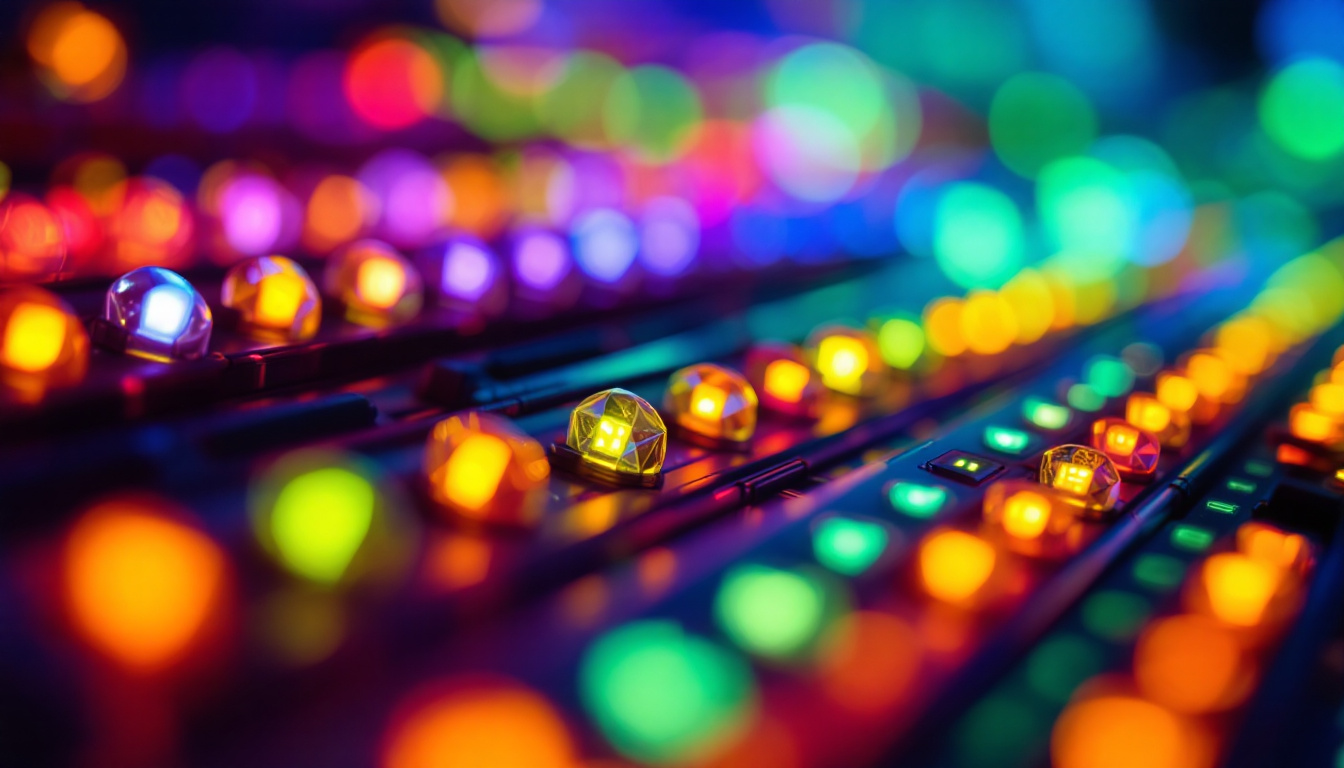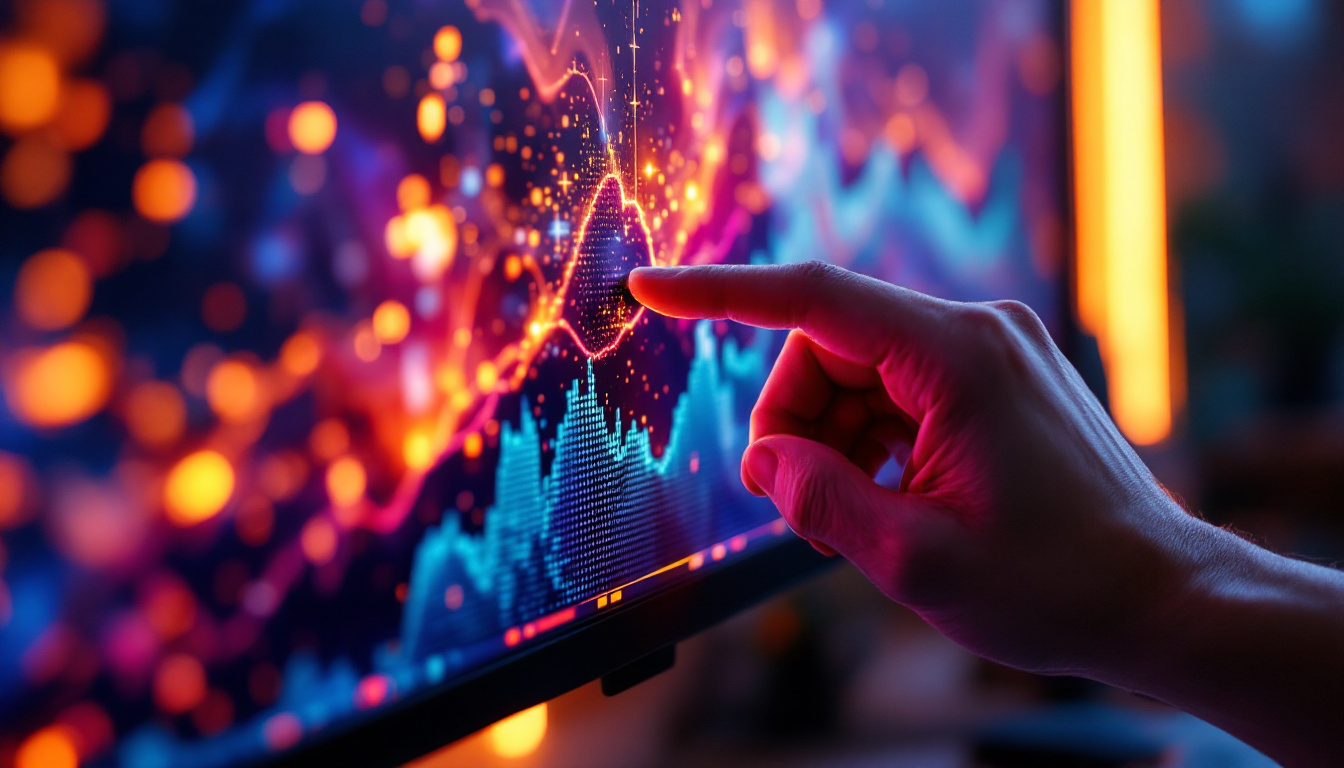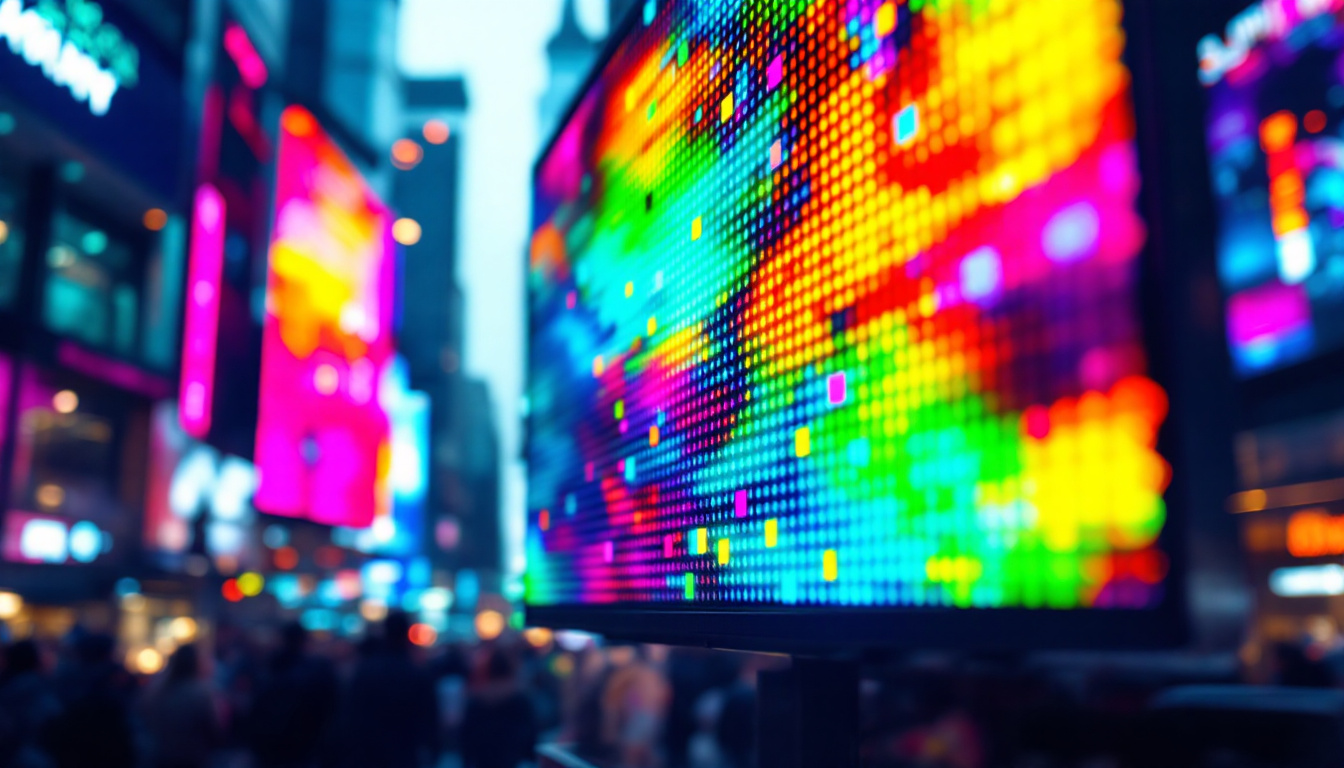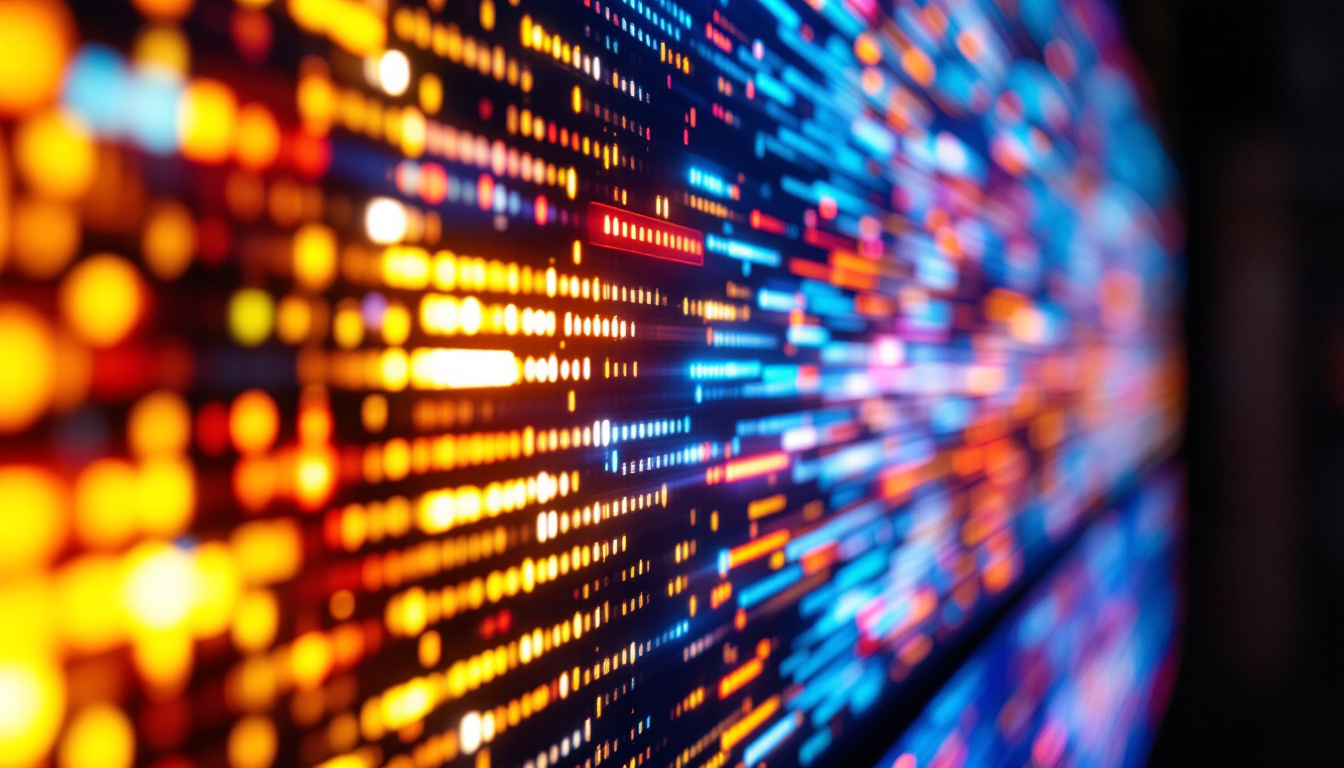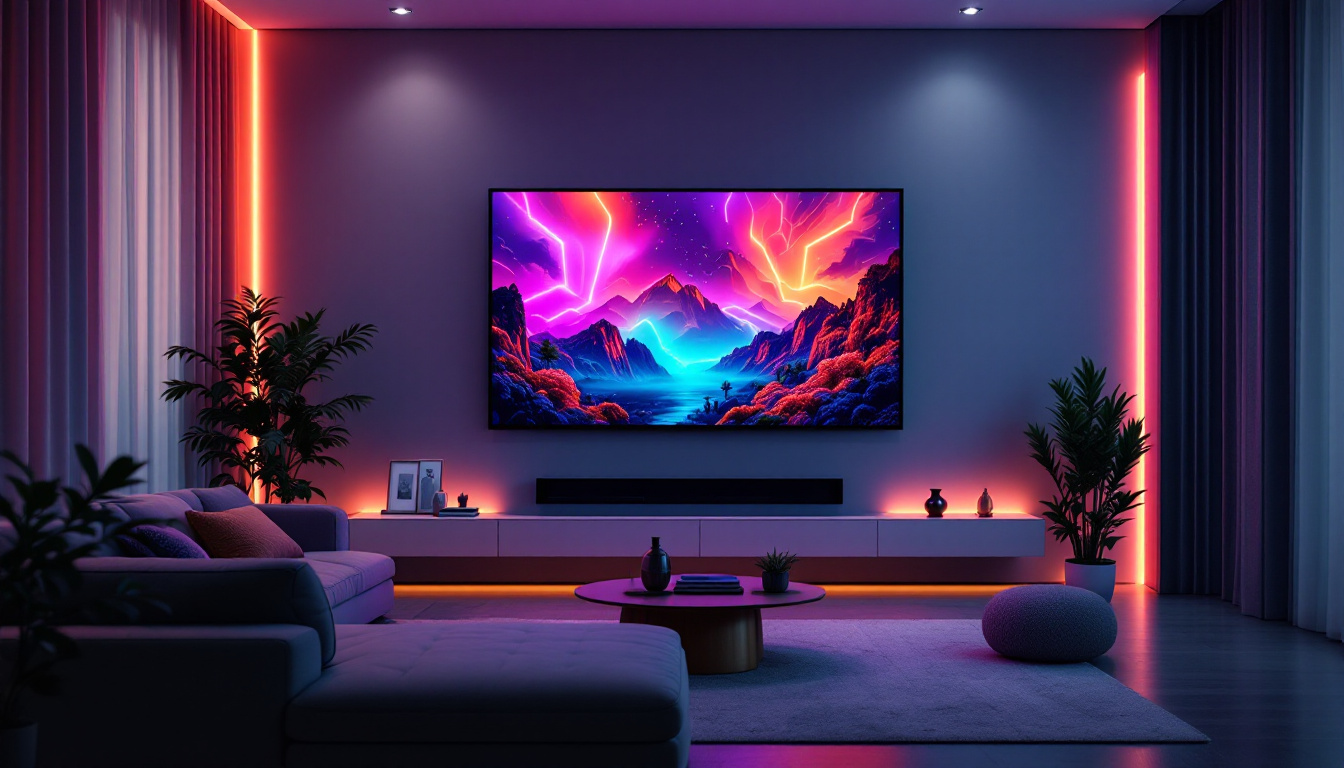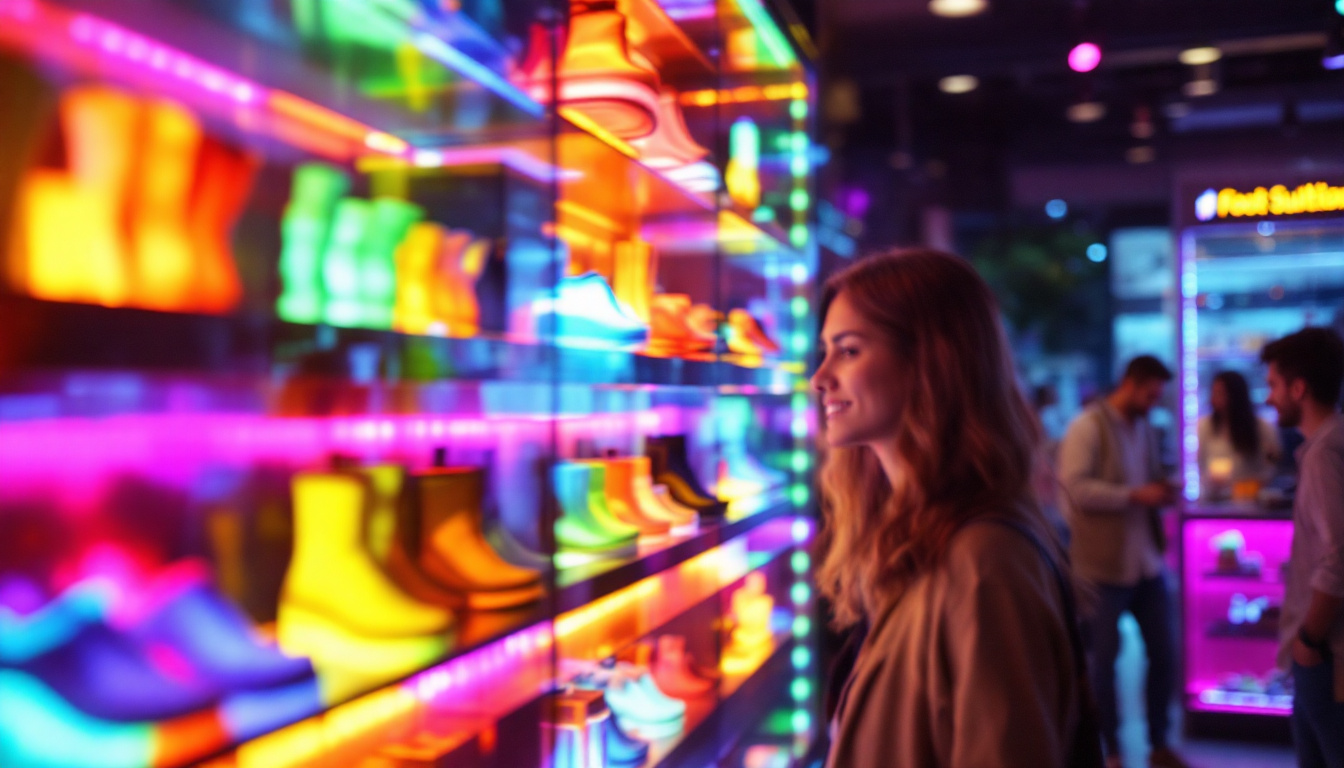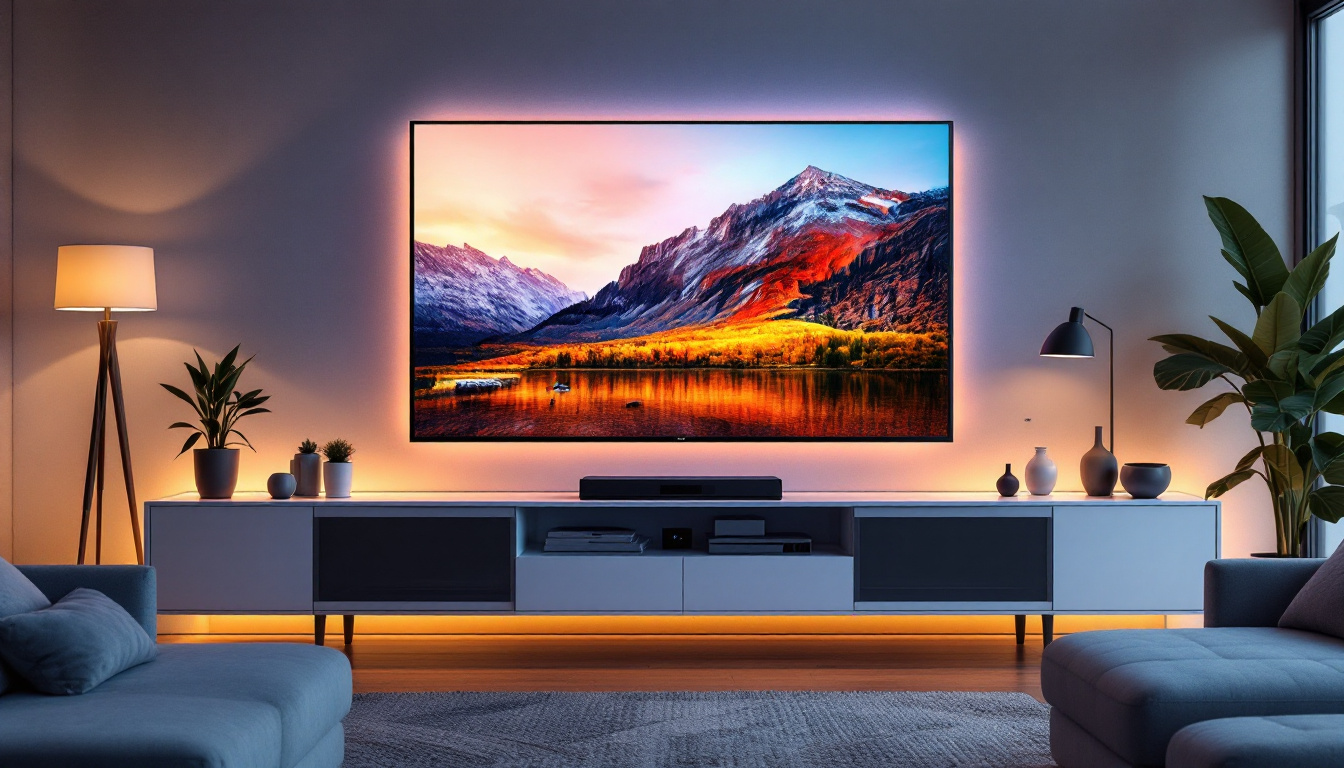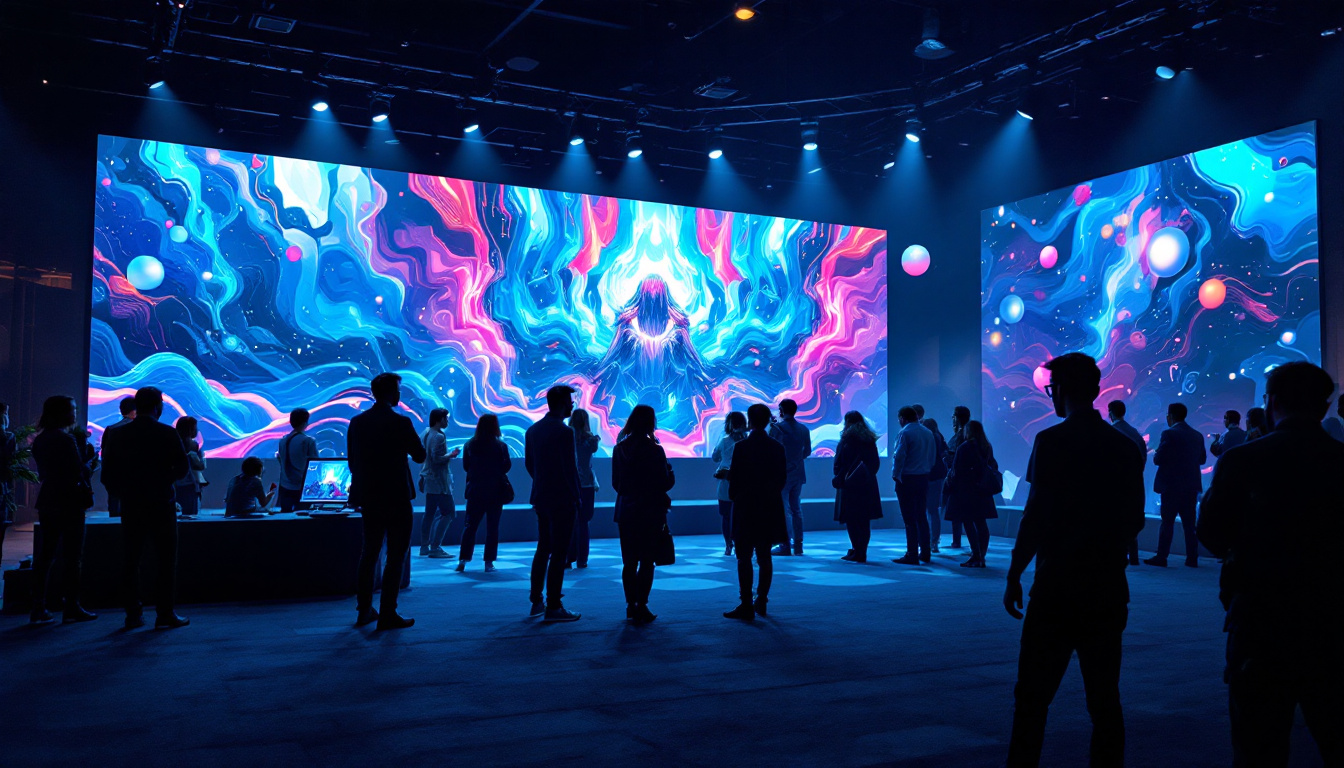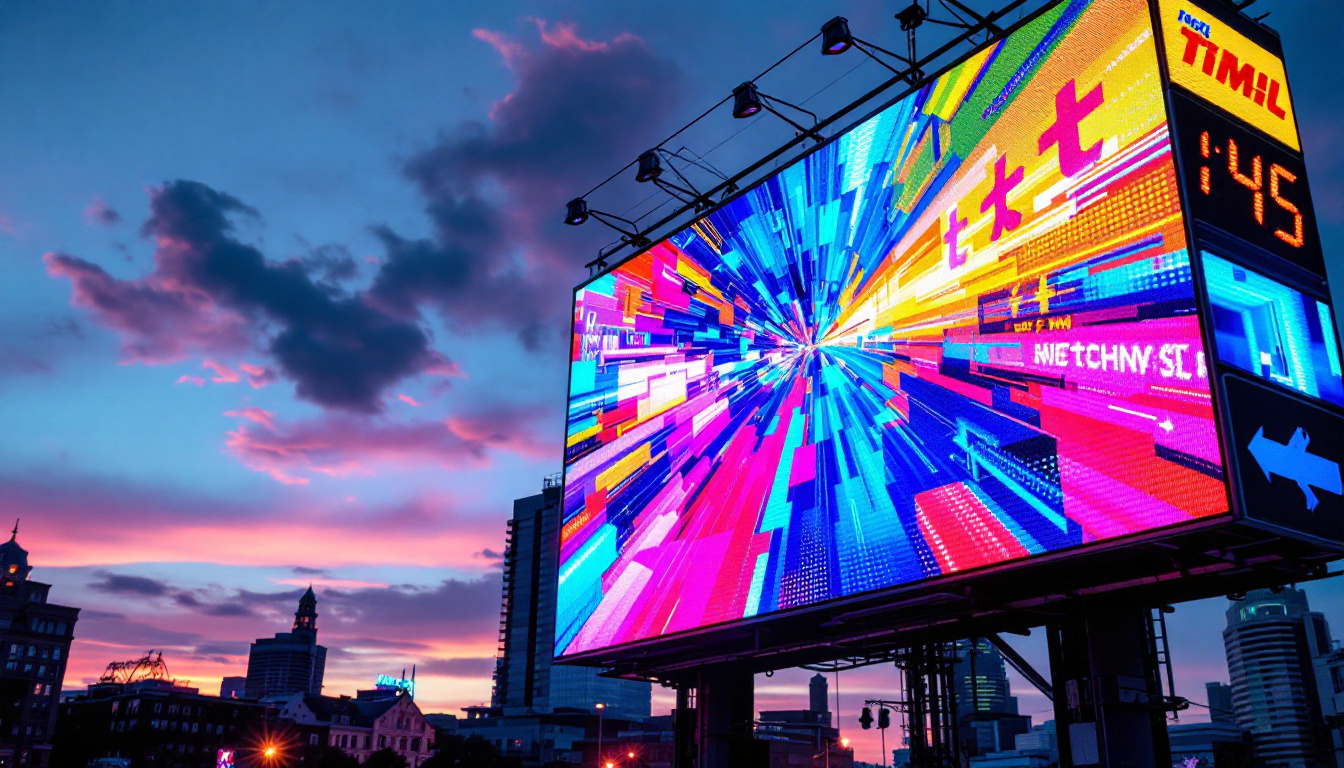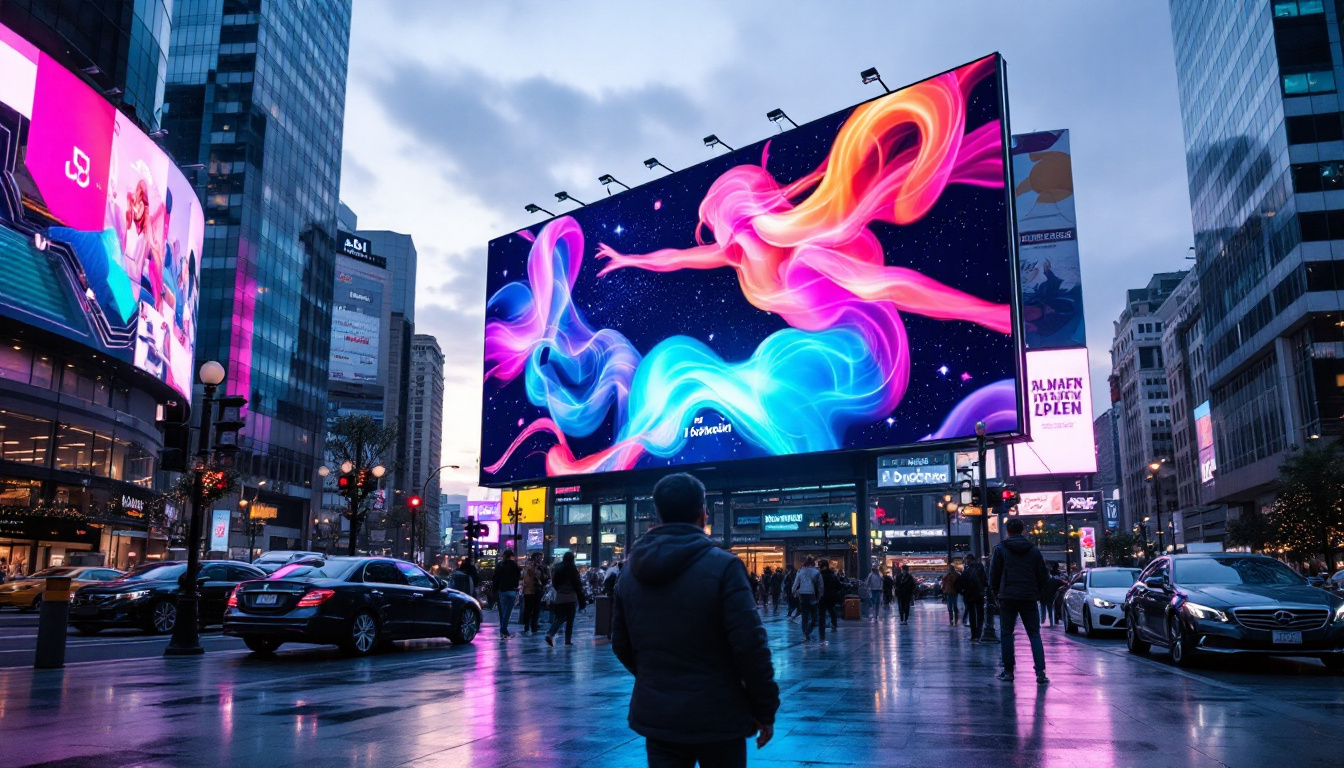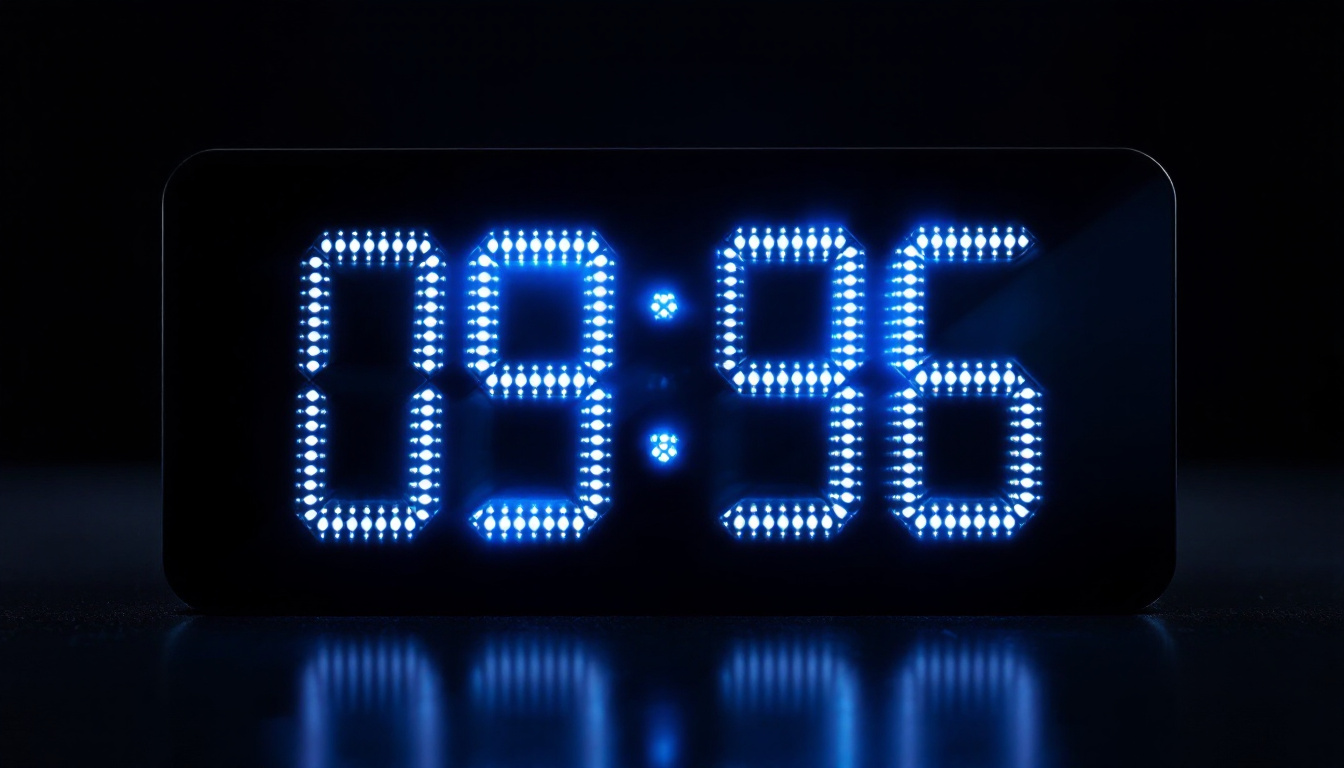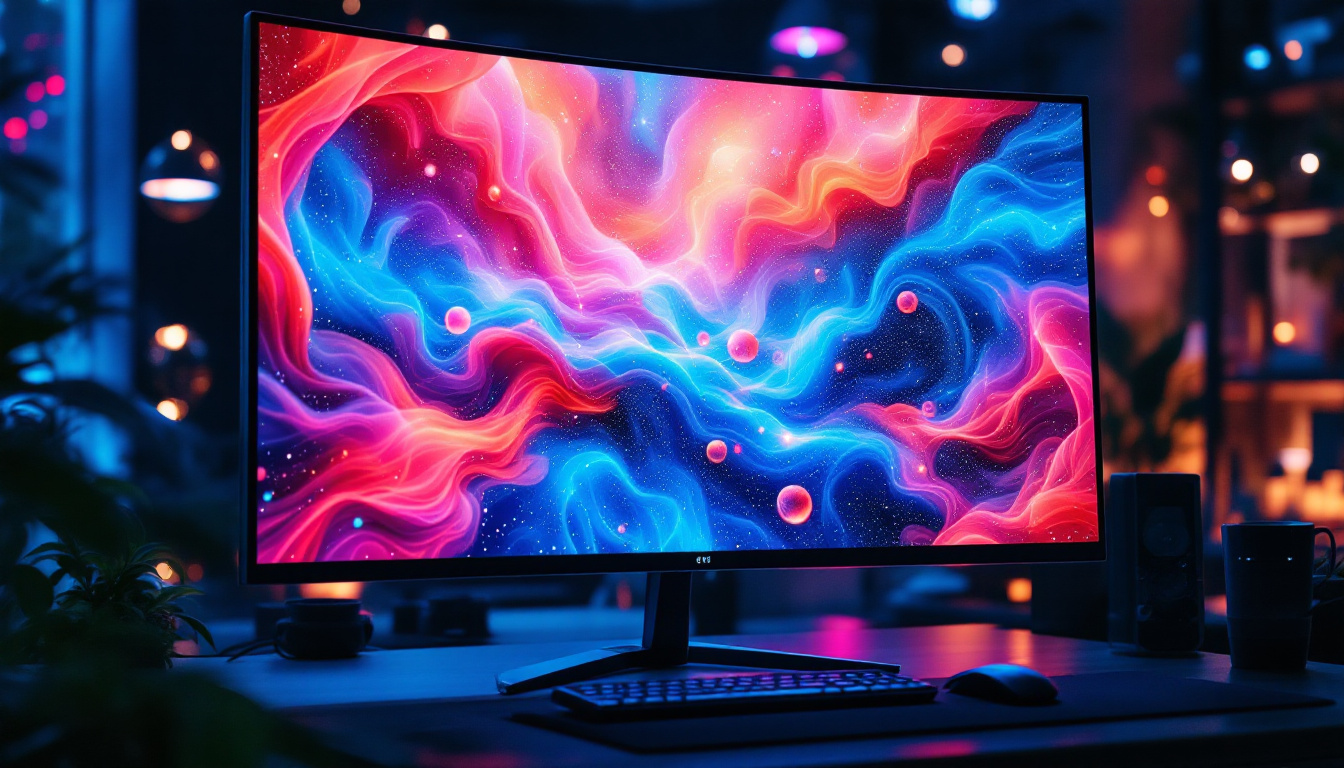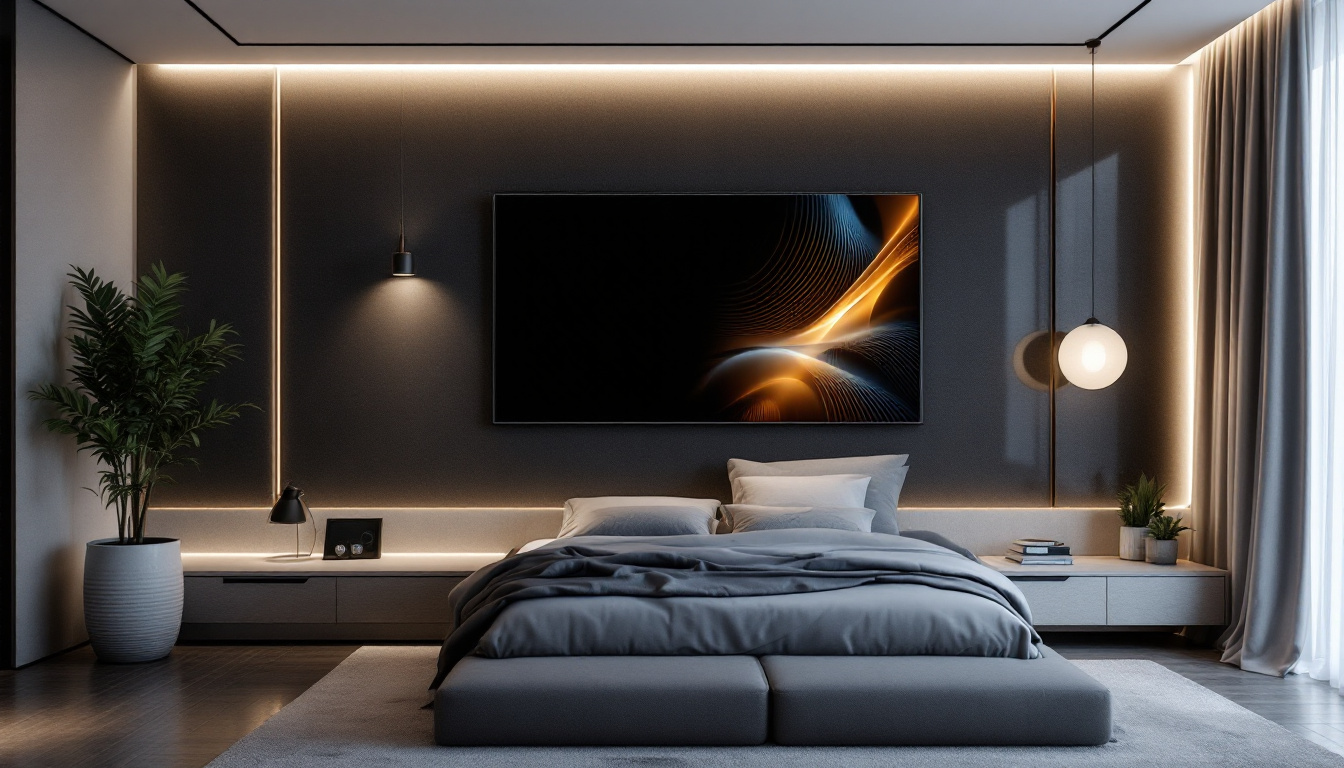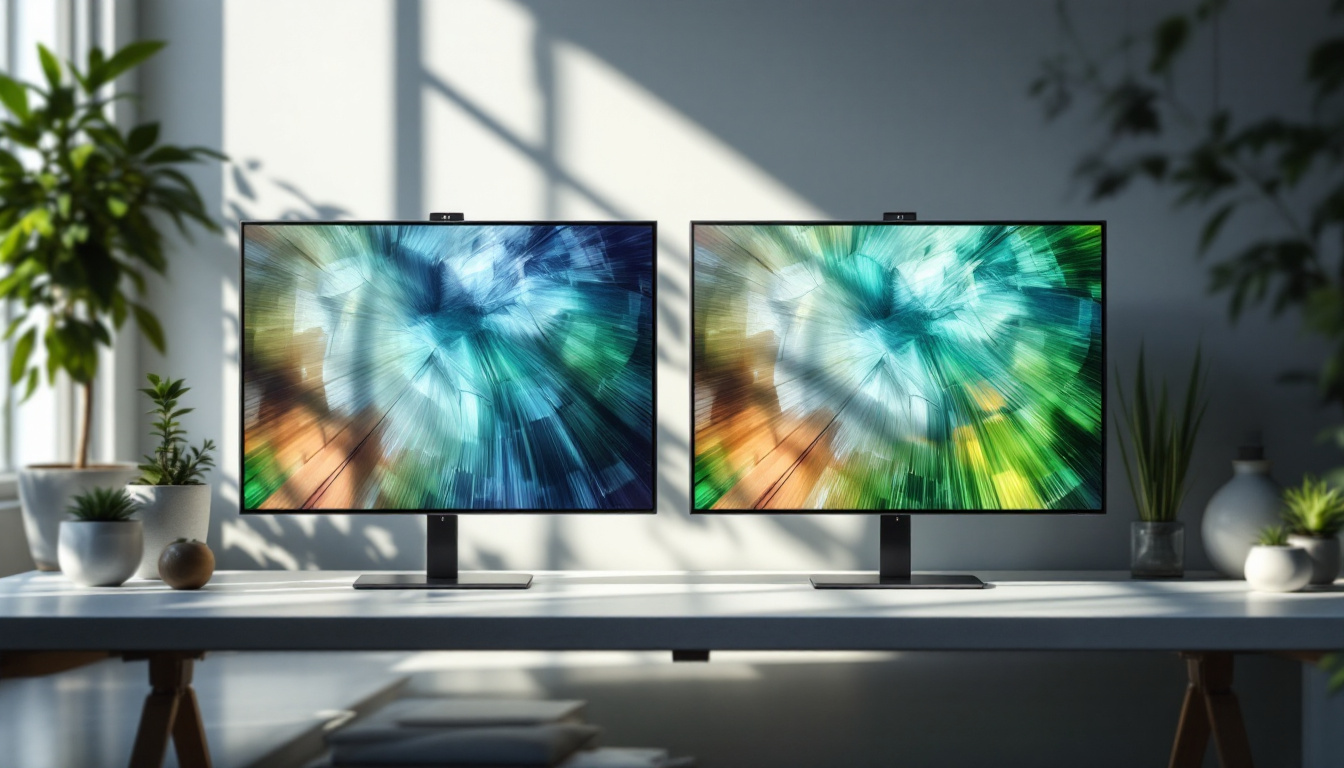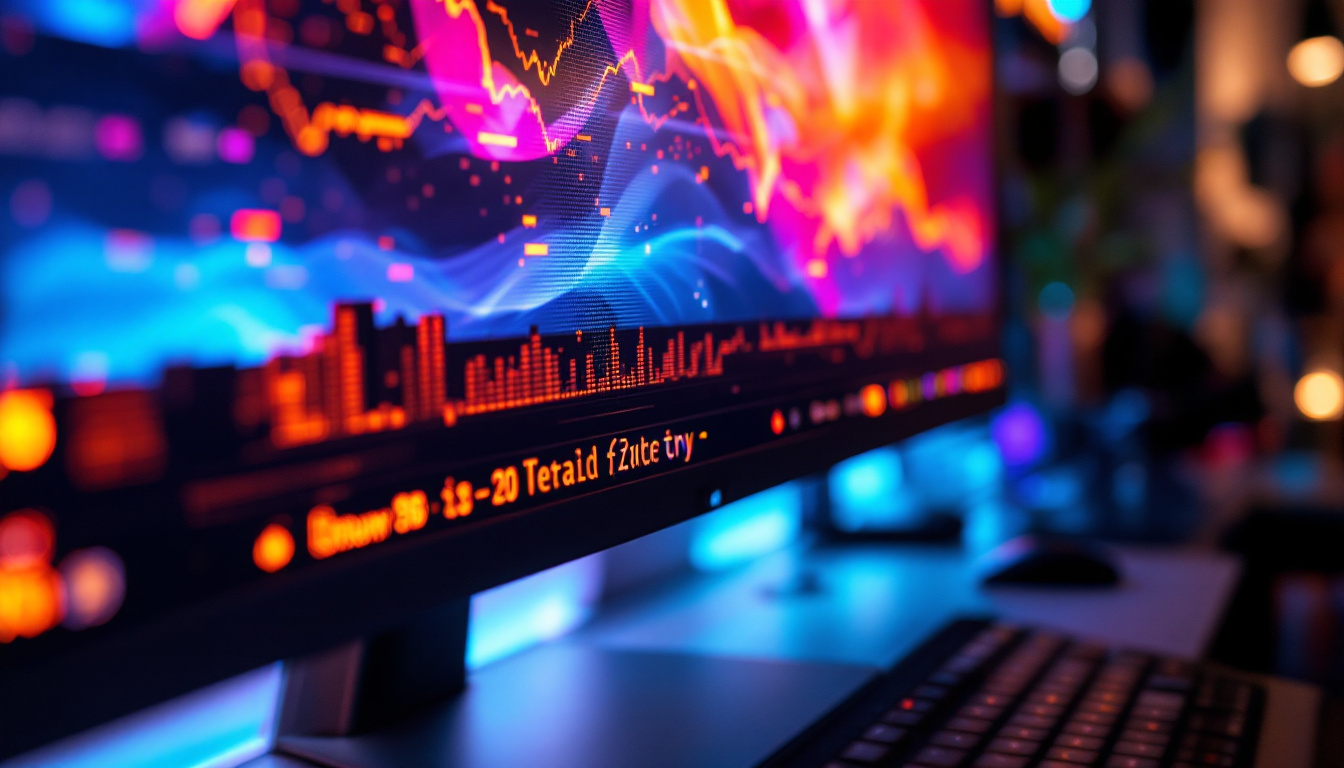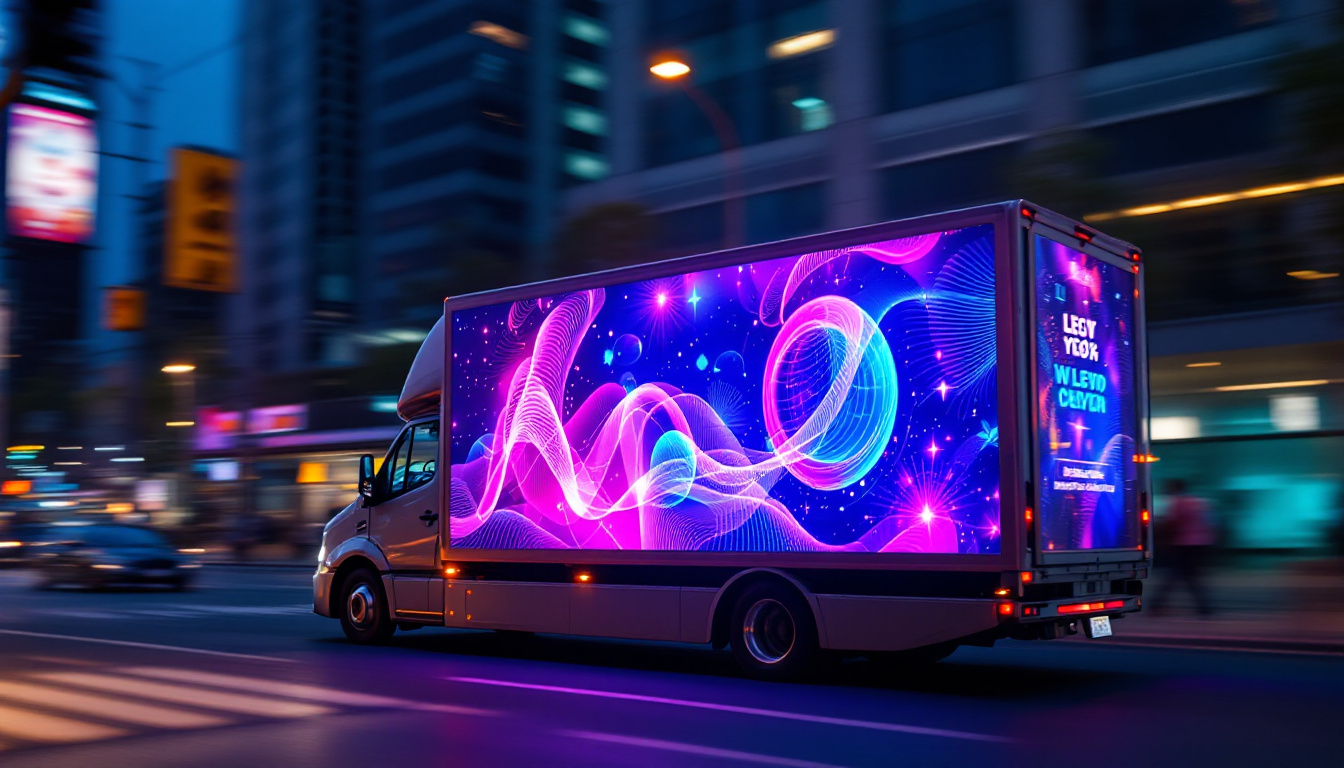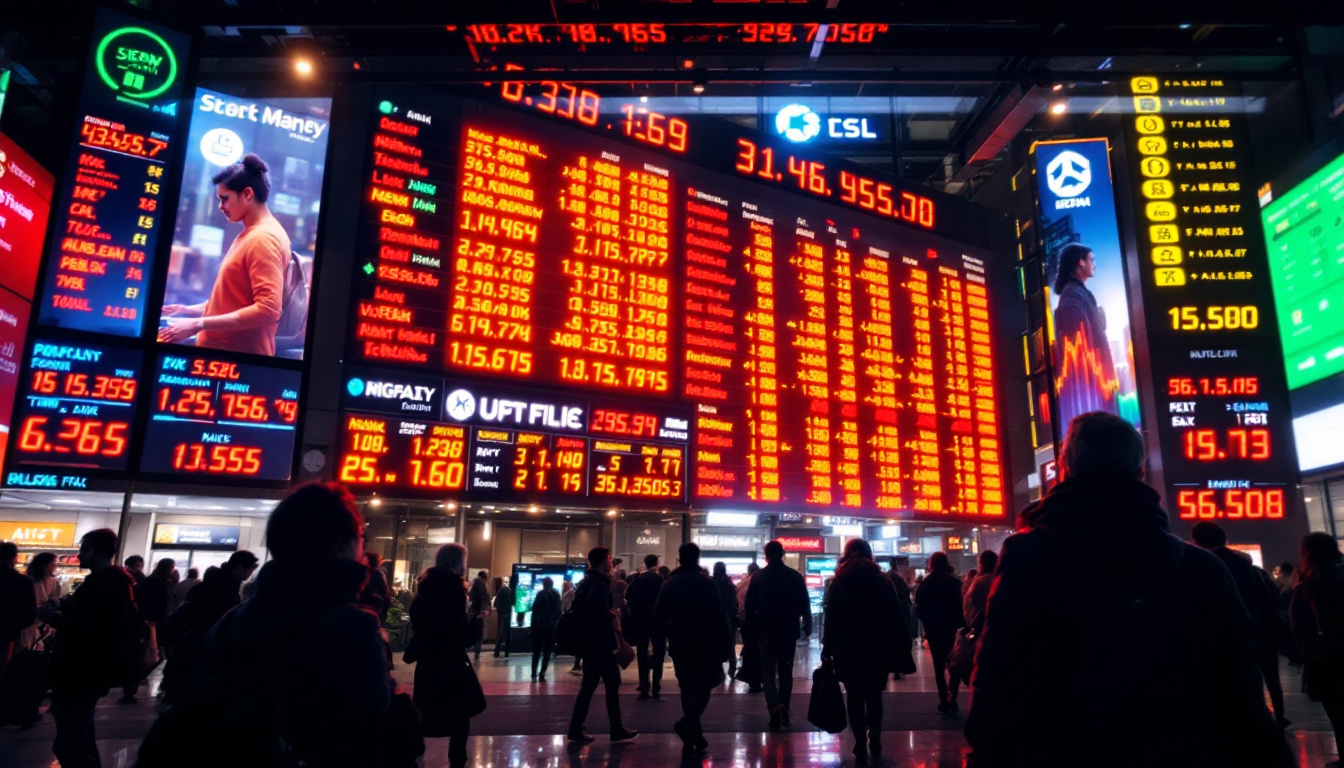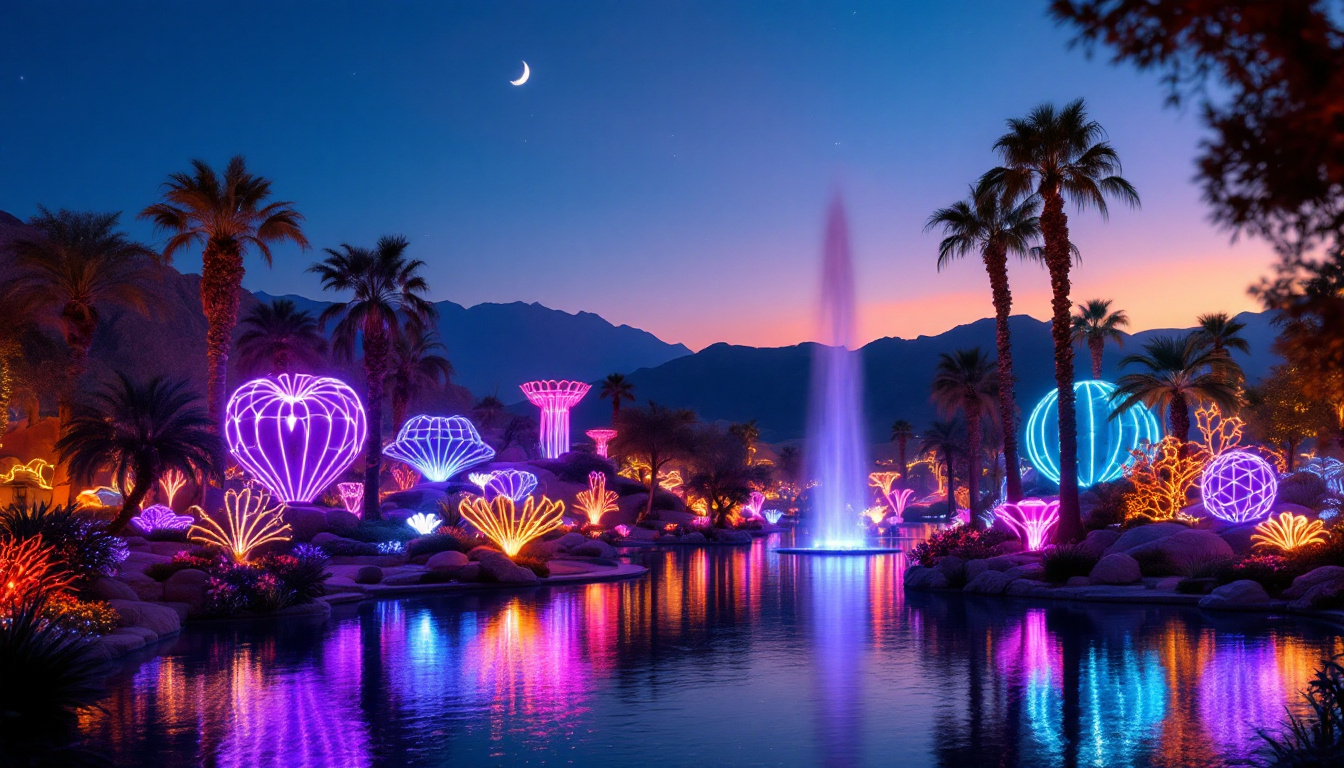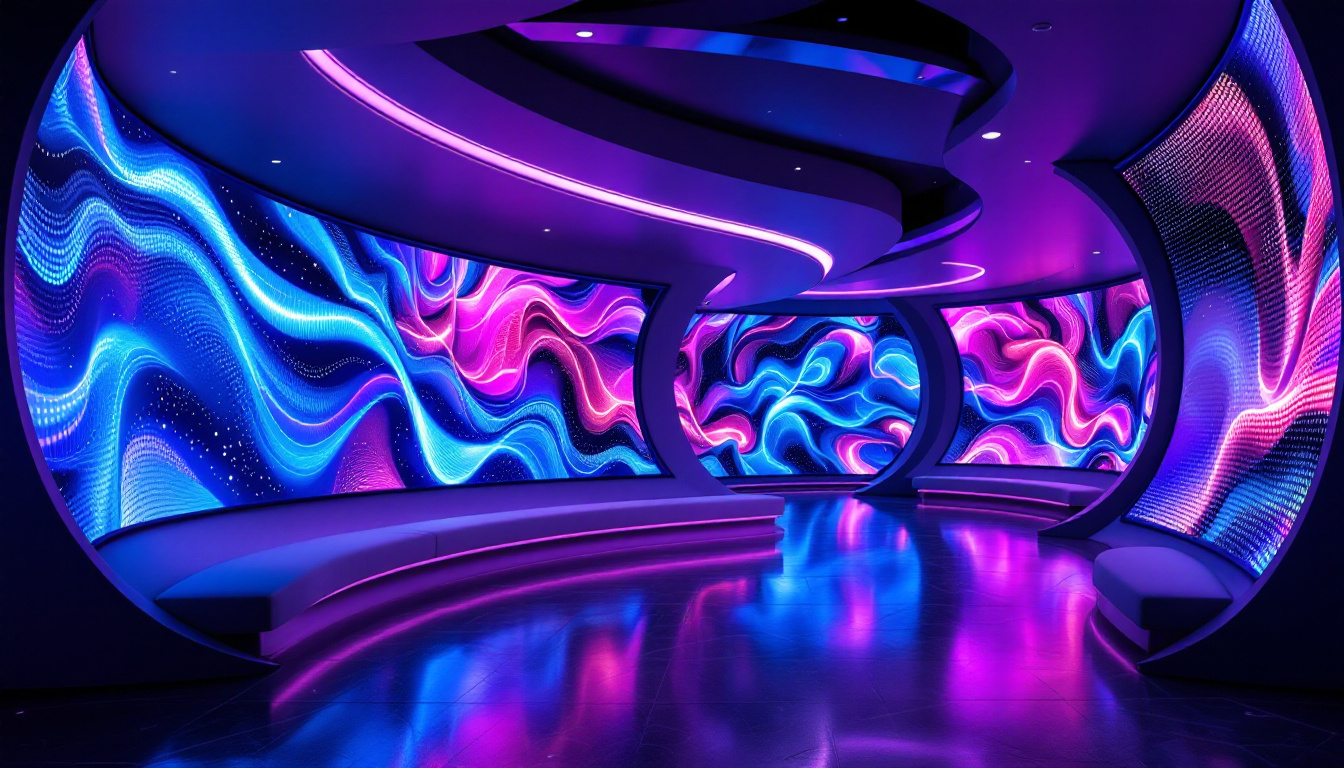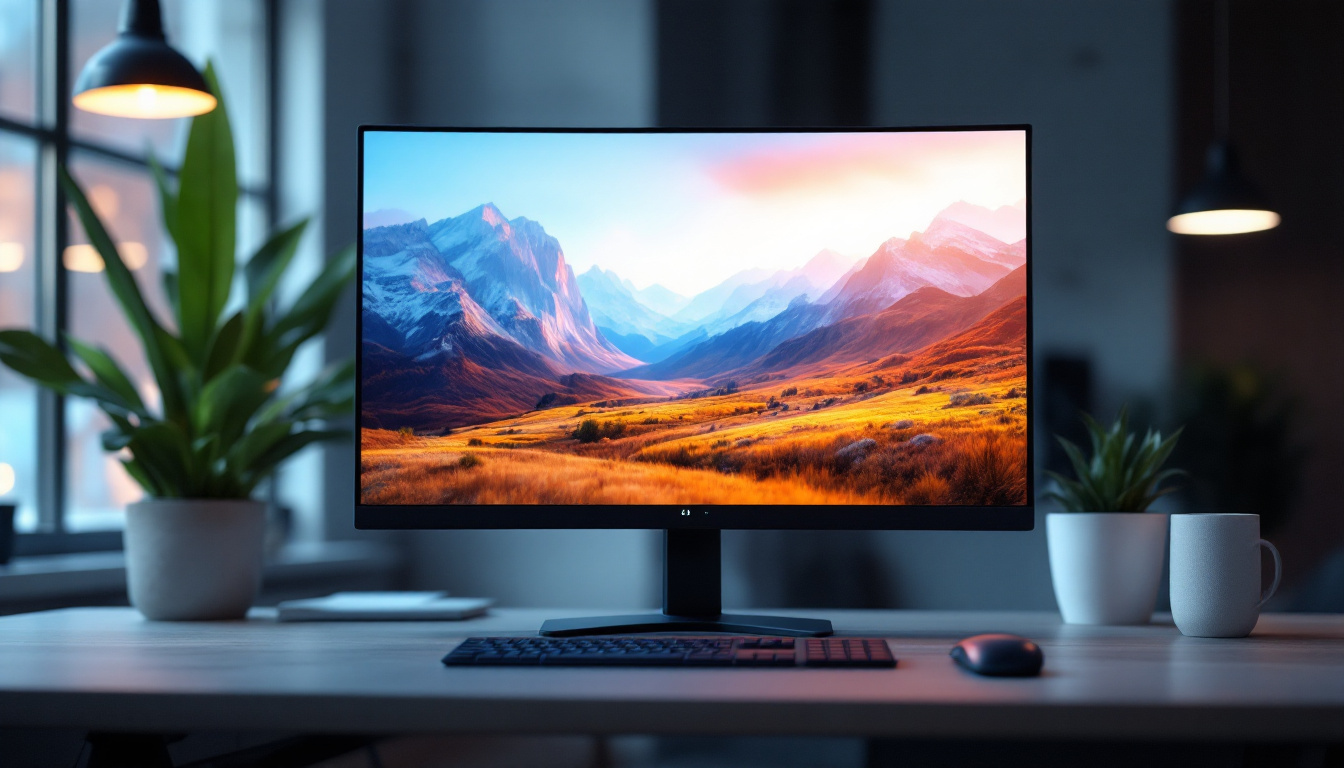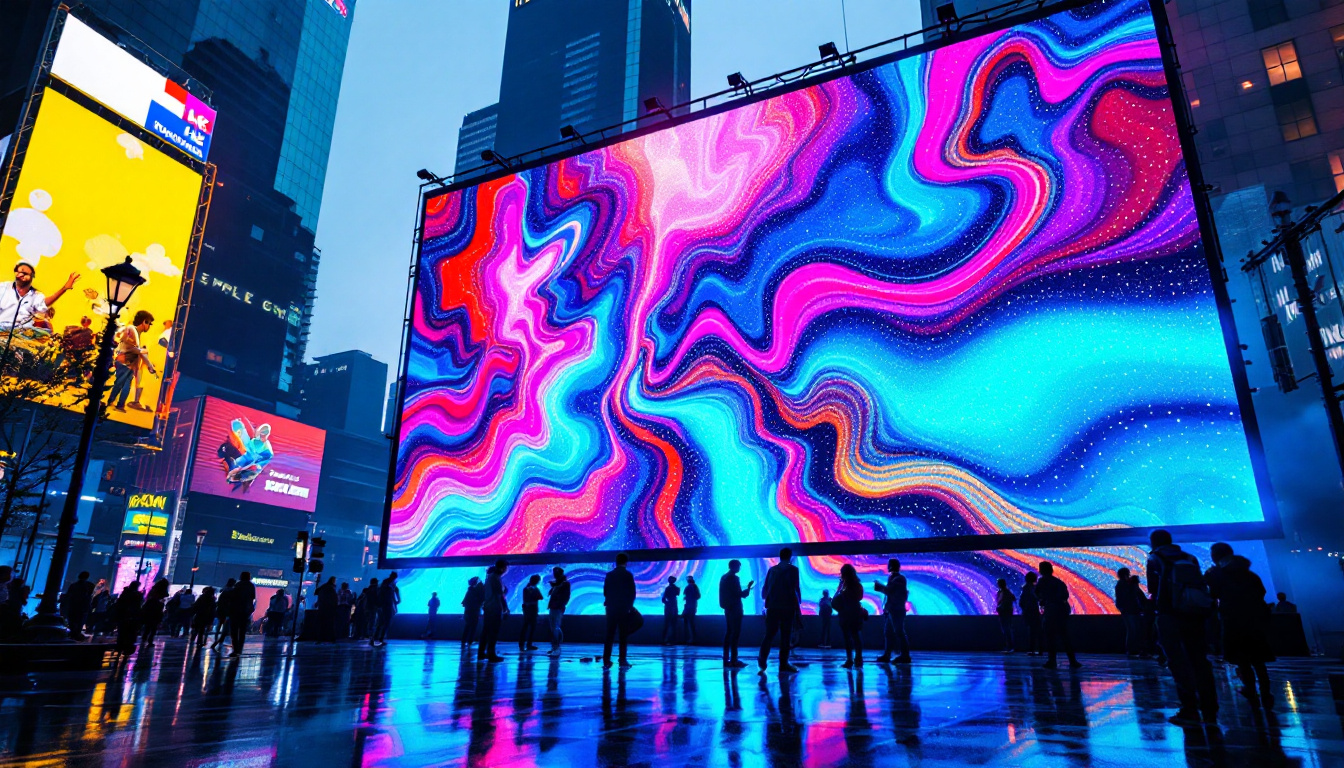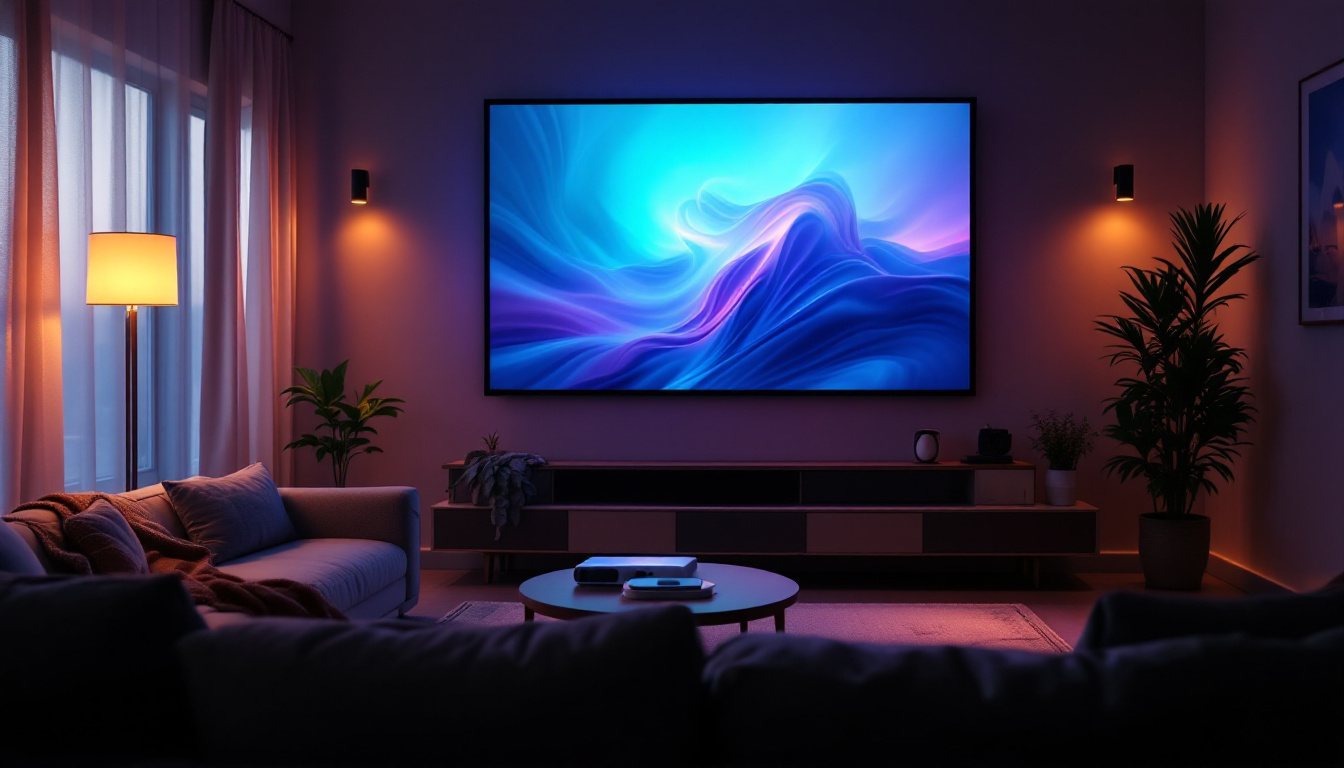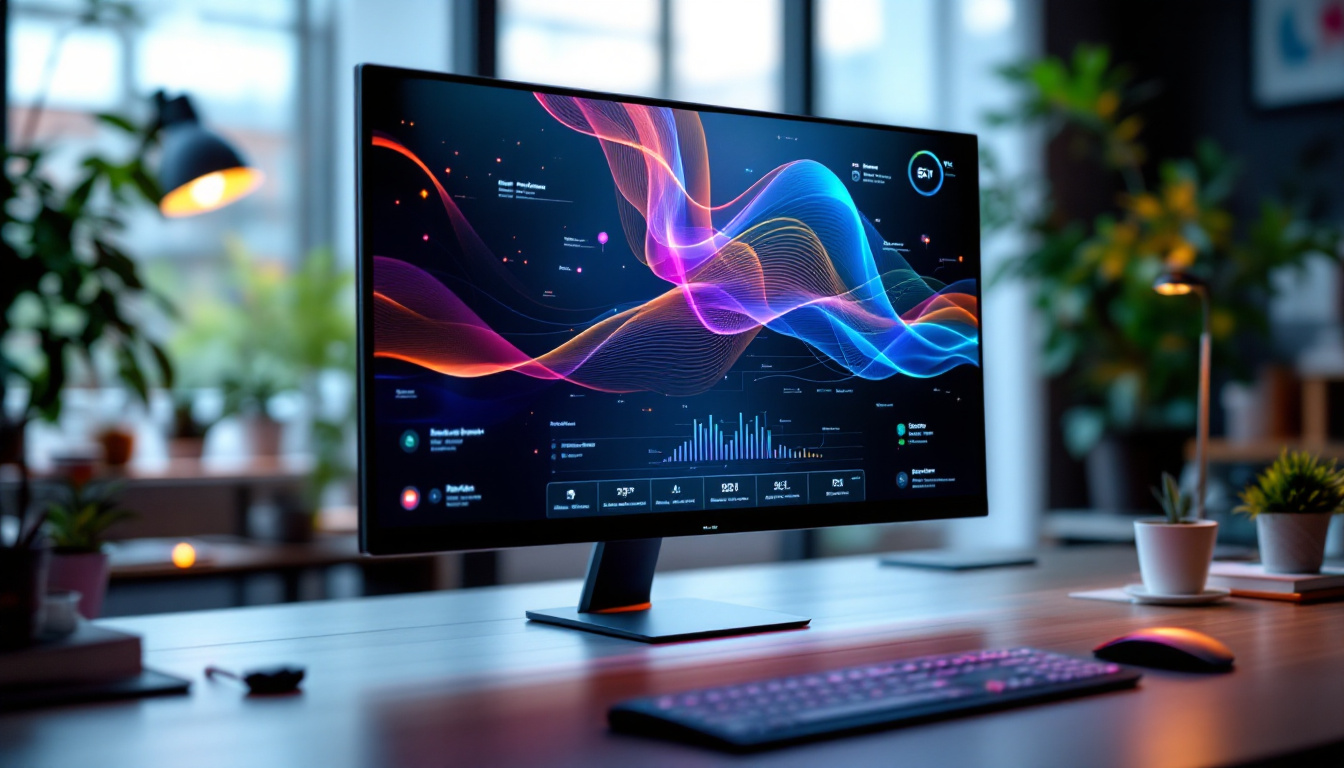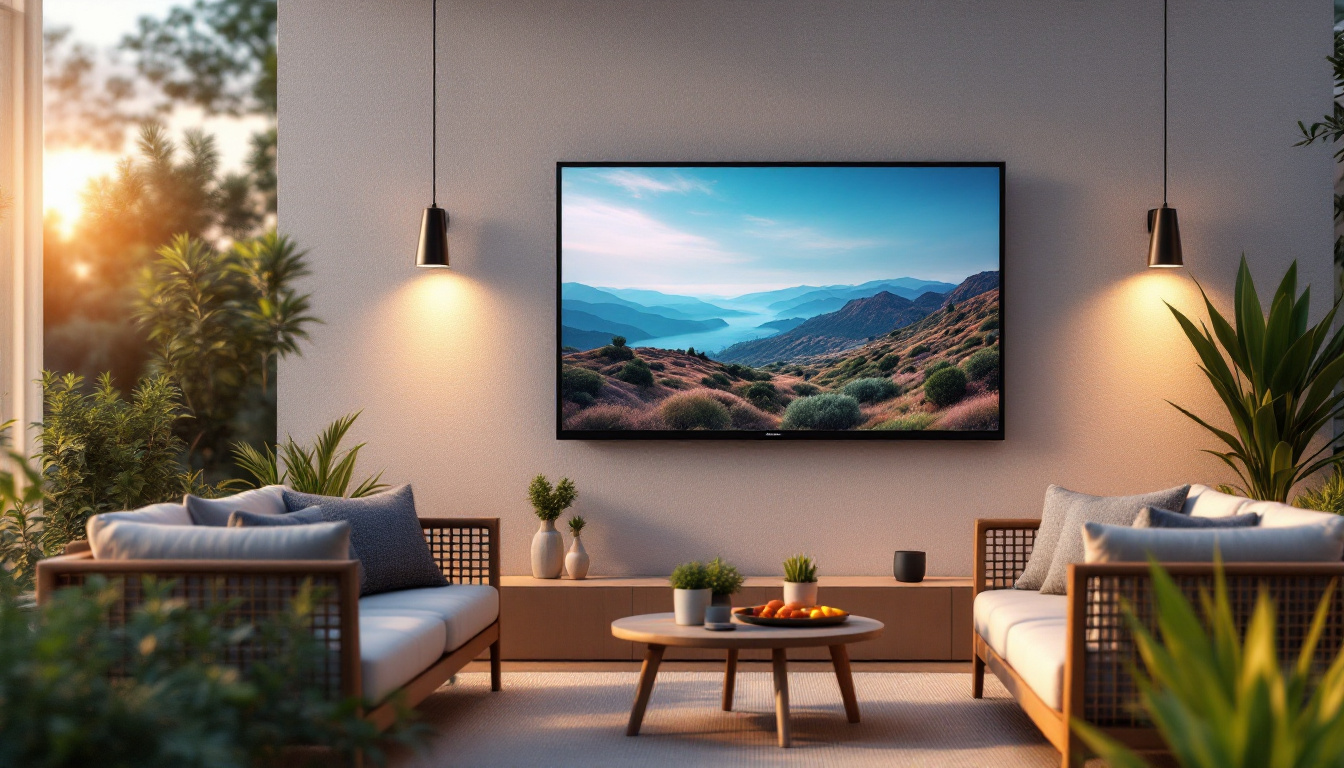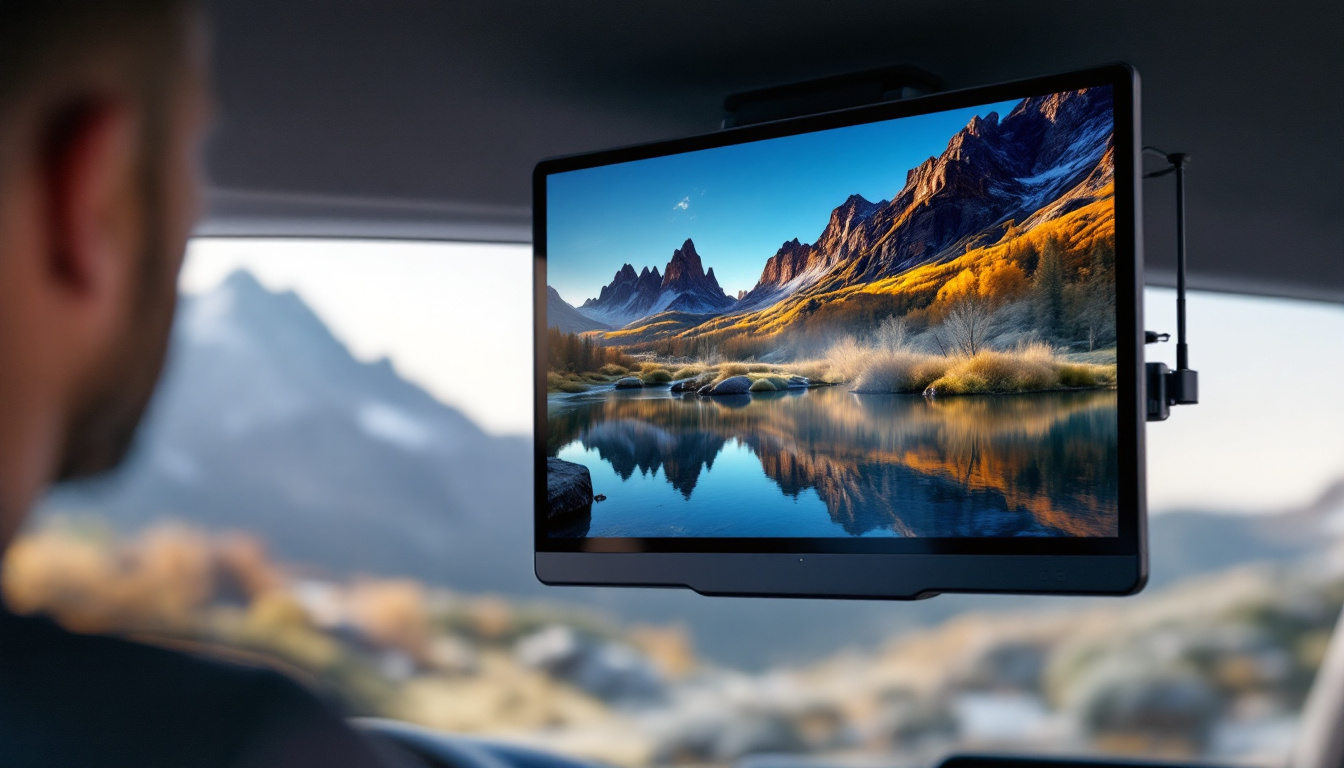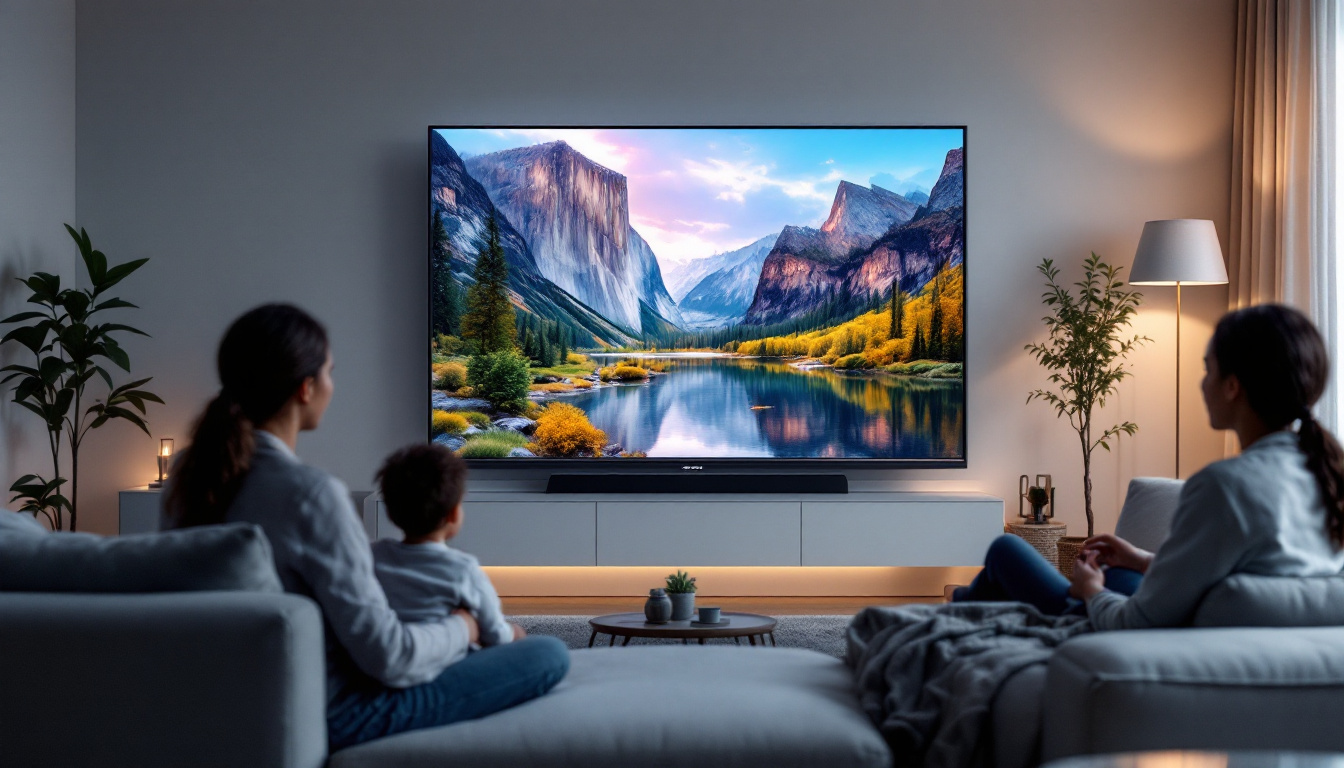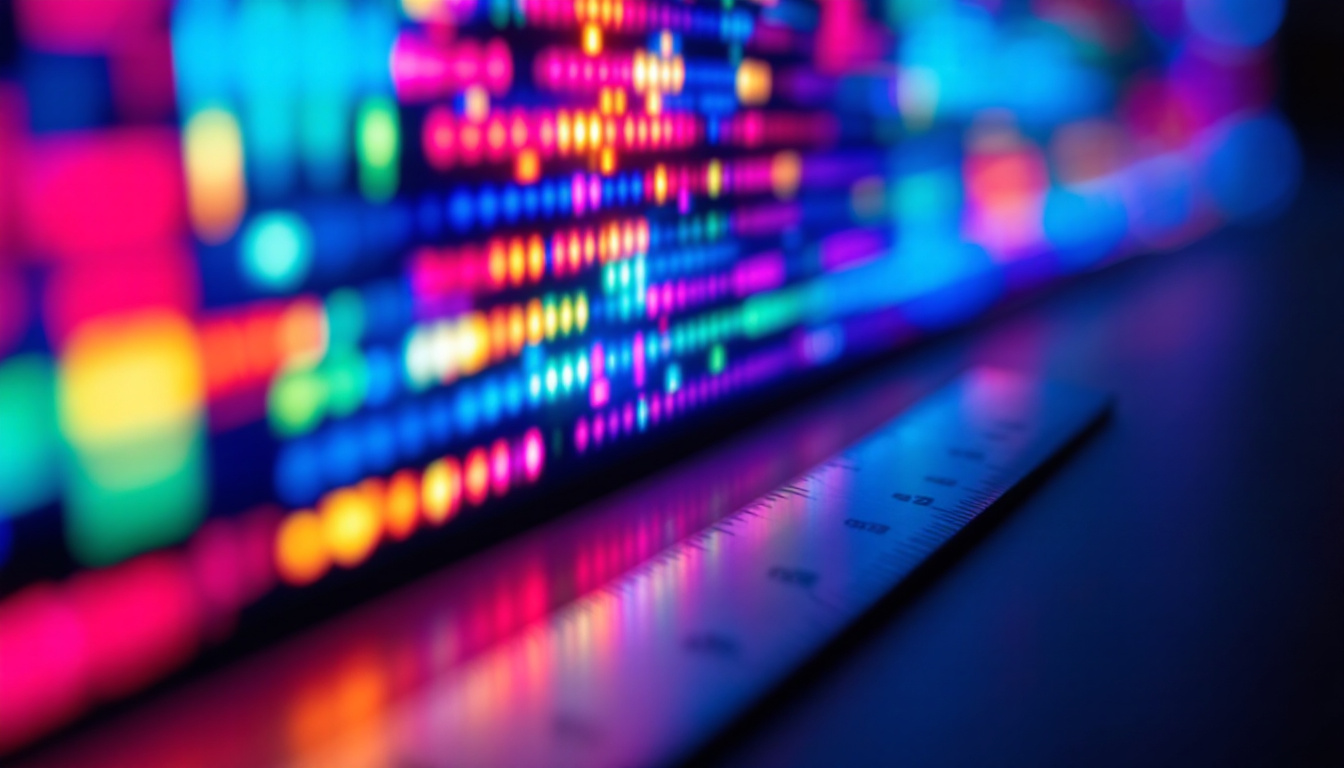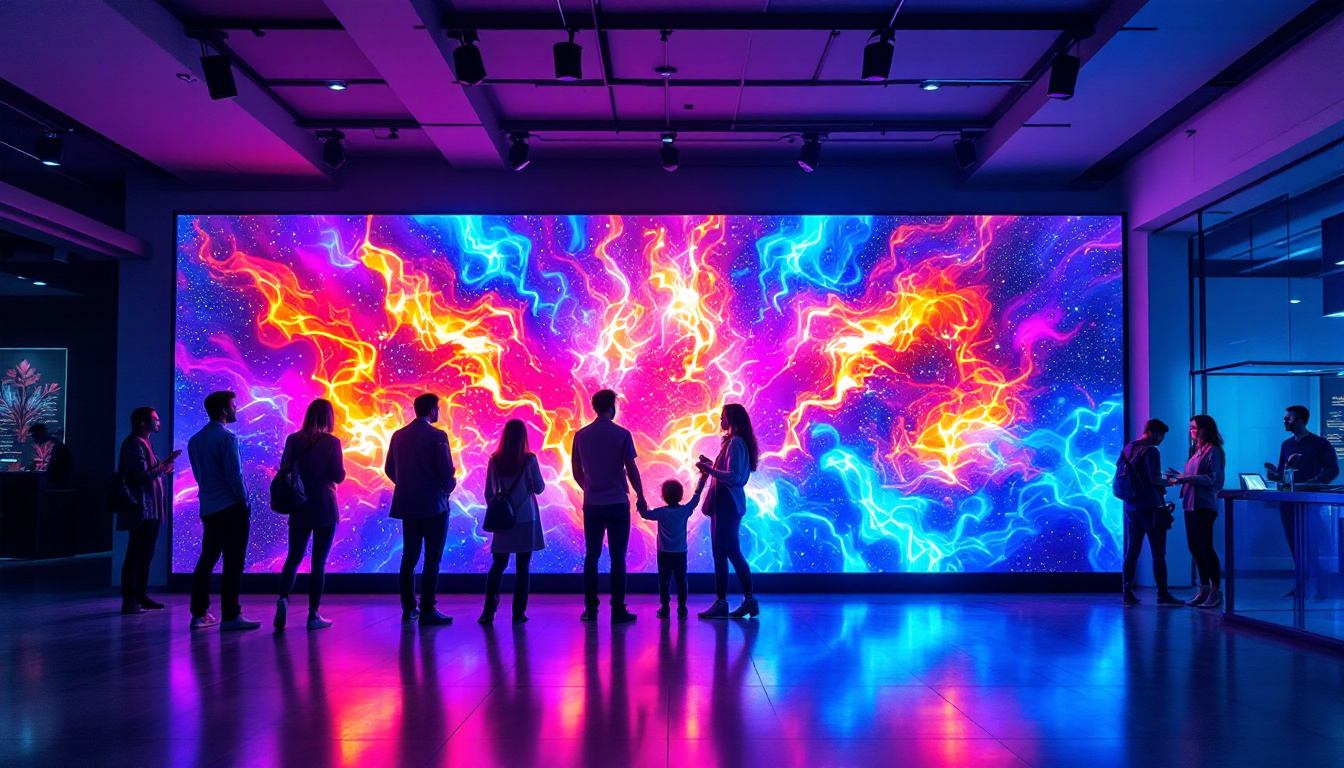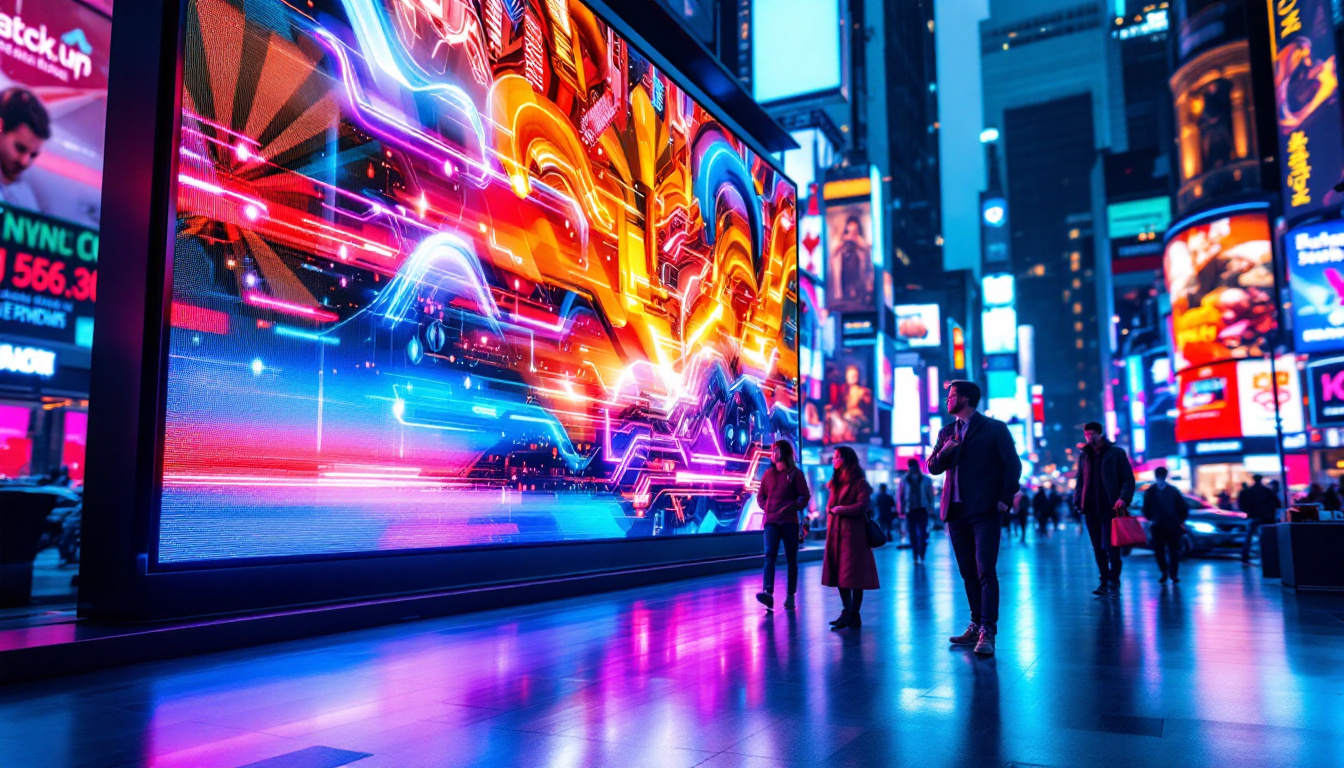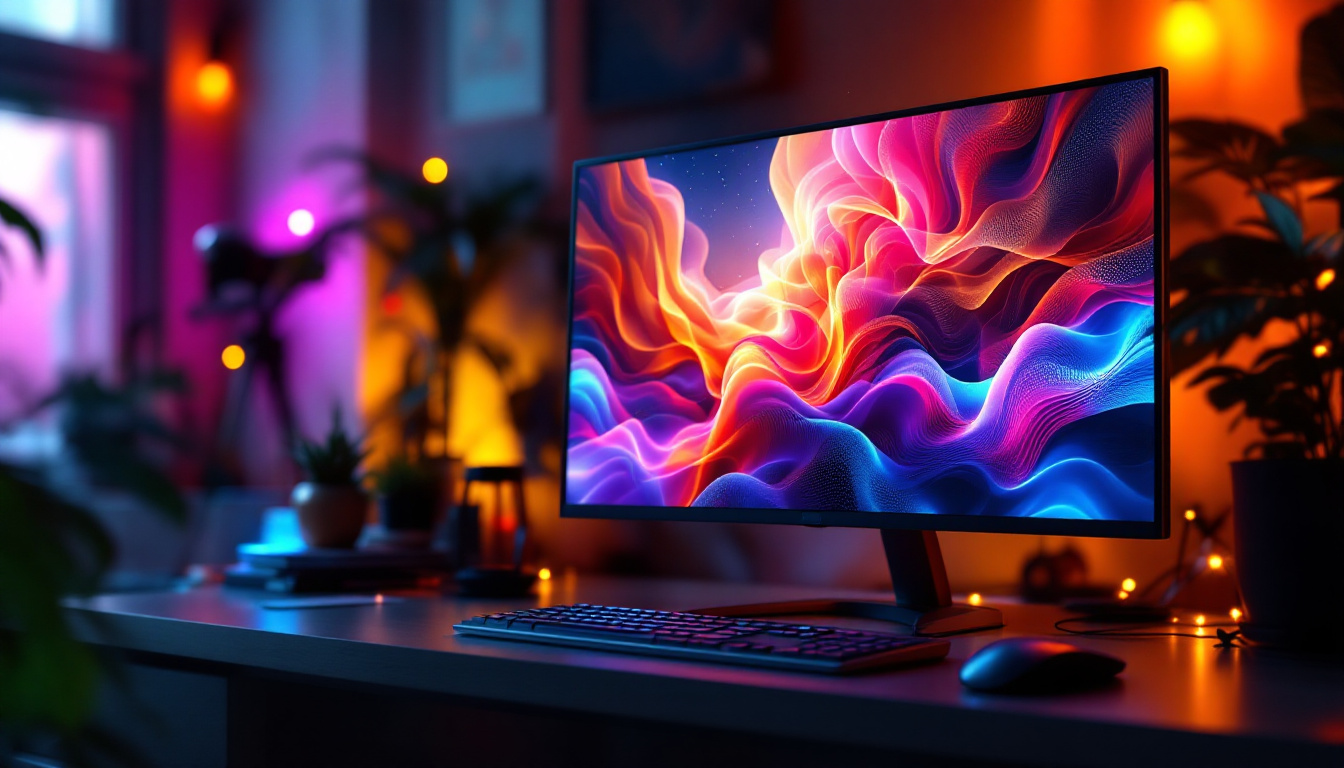How To Make Your Own Color On LED Lights: LED Display Explained
LED lights have revolutionized the way we illuminate our spaces, offering vibrant colors and energy efficiency. With the ability to create a spectrum of colors, LED lights can be customized to suit any mood or occasion. This article will delve into the mechanics of LED displays, guiding you through the process of creating your own colors and understanding the technology behind it.
Understanding LED Technology
Before diving into color creation, it’s essential to grasp how LED technology works. LED stands for Light Emitting Diode, a semiconductor device that emits light when an electric current passes through it. The color of the light emitted depends on the materials used in the semiconductor and the energy bandgap of the diode. This technology has revolutionized the way we illuminate our environments, offering energy efficiency and longevity compared to traditional incandescent bulbs.
The Basics of LED Color Production
LEDs produce light through a process called electroluminescence. When electrons move through the semiconductor material, they release energy in the form of photons, which is perceived as light. The wavelength of this light determines its color. For example, different materials will emit red, green, or blue light, which are the primary colors used in LED displays. The efficiency of this process means that LEDs can produce more light per watt than traditional lighting solutions, making them a popular choice for both residential and commercial applications.
RGB Color Model
The RGB (Red, Green, Blue) color model is fundamental to understanding how colors are created in LED displays. By combining these three primary colors in varying intensities, a wide range of colors can be produced. This additive color mixing is the basis for most LED lighting systems, allowing for the creation of millions of different shades. In practical applications, this means that users can customize their lighting to suit their mood or the ambiance of a space, whether it’s a vibrant party atmosphere or a calm, relaxing environment.
Types of LEDs
There are several types of LEDs, including standard, RGB, and addressable LEDs. Standard LEDs emit a single color, while RGB LEDs can mix colors to create different hues. Addressable LEDs, on the other hand, allow for individual control of each LED within a strip or panel, enabling complex lighting effects and animations. This capability is particularly popular in decorative lighting, where users can create dynamic displays that change in real-time, responding to music or other stimuli. Furthermore, advancements in LED technology continue to emerge, such as the development of smart LEDs that can be controlled via smartphone apps, integrating seamlessly into modern smart home systems.
Applications of LED Technology
The versatility of LED technology extends far beyond simple lighting. In the realm of displays, LEDs are used in everything from television screens to large outdoor billboards, providing bright, clear images even in direct sunlight. In automotive applications, LEDs are increasingly used for headlights and taillights, offering improved visibility and energy efficiency. Additionally, in horticulture, specialized LED grow lights are tailored to emit specific wavelengths that promote plant growth, making them invaluable in indoor farming and greenhouse operations. The ongoing research into LED technology promises even more innovative applications, potentially transforming industries such as healthcare, where LED lights are being explored for their therapeutic benefits.
Creating Your Own Colors
Now that the basics of LED technology are understood, the next step is to learn how to create custom colors. This process can be done through various methods, depending on the type of LED setup being used.
Using RGB Controllers
For RGB LED strips or fixtures, a controller is essential for color mixing. These controllers allow users to adjust the intensity of each color channel (red, green, and blue) to create the desired color. Many controllers come with pre-set color options, but they also offer manual settings for more precise adjustments.
To create a custom color, start by selecting a base color. For example, if you want a shade of purple, you would increase the intensity of the red and blue channels while keeping the green channel low. Experimenting with different combinations will yield a variety of colors, allowing for personalized lighting effects.
Using Software for Advanced Control
For those looking for more advanced control over their LED displays, software solutions are available. Programs like Arduino or Raspberry Pi can be used to program LED strips or panels, offering a higher level of customization.
These platforms allow for the creation of complex lighting patterns and effects, including fading, flashing, and color transitions. By writing simple code, users can define how colors change over time, creating dynamic displays that can be tailored to specific needs.
Color Mixing Techniques
When creating custom colors, understanding color mixing techniques is crucial. There are two main methods: additive and subtractive color mixing. Additive mixing, as mentioned earlier, combines light colors to create new hues. Subtractive mixing, on the other hand, involves mixing pigments, which absorb certain wavelengths of light.
In the context of LED lighting, additive mixing is the primary method used. By adjusting the brightness of the RGB channels, users can achieve a wide range of colors. For example, combining equal parts of red and green will produce yellow, while combining all three colors at full intensity results in white light.
Practical Applications of Custom LED Colors
custom LED colors have a plethora of applications, from enhancing home decor to creating immersive environments in commercial settings. Understanding how to manipulate LED colors can elevate any space, making it more inviting and visually appealing.
Home Decor and Ambiance
In residential settings, custom LED colors can significantly enhance the ambiance of a room. By adjusting the colors to match the mood or occasion, homeowners can create a cozy atmosphere for gatherings or a calming environment for relaxation. For instance, soft blues and greens can promote tranquility, while warm reds and yellows can create a lively atmosphere.
LED strips can be installed under furniture, along walls, or around ceilings to provide indirect lighting that enhances the overall aesthetic of a space. With the ability to change colors, homeowners can easily switch up the look of a room without the need for extensive renovations.
Event Lighting
Custom LED colors are also popular in event lighting. Whether for weddings, parties, or corporate events, the ability to tailor lighting to fit a theme or color scheme is invaluable. RGB LED lights can be programmed to change colors in sync with music, creating an engaging and dynamic atmosphere.
Moreover, using LED displays for signage and decoration can draw attention and create a memorable experience for attendees. The versatility of LED technology allows for creative designs that can be easily modified to suit any event.
Commercial Uses
In commercial settings, custom LED colors can be used for branding and marketing purposes. retail stores often use colored lighting to highlight products or create a specific mood that aligns with their brand identity. For instance, a high-end fashion store may use soft, warm lighting to create an inviting atmosphere, while a tech store may opt for cooler, more modern colors.
Additionally, LED displays can be programmed to showcase promotional messages or advertisements in vibrant colors, capturing the attention of passersby. This dynamic approach to marketing can significantly enhance customer engagement and drive sales.
Challenges and Considerations
While creating custom colors with LED lights offers numerous benefits, there are also challenges and considerations to keep in mind. Understanding these factors can help users make informed decisions when designing their lighting setups.
Color Accuracy
One of the main challenges with LED color mixing is achieving color accuracy. Different LED manufacturers may produce slightly different shades of the same color, which can lead to inconsistencies in lighting setups. It is crucial to test and calibrate colors to ensure they meet the desired specifications.
Using color calibration tools can help achieve more accurate results. These tools measure the color output of LEDs and provide feedback on adjustments needed to achieve the desired hue. This is particularly important in professional settings where color consistency is critical.
Heat Management
Another consideration when working with LED lights is heat management. While LEDs are more energy-efficient than traditional bulbs, they can still generate heat, especially in high-output applications. Proper heat dissipation is essential to maintain the longevity and performance of LED lights.
Using heat sinks or ensuring adequate ventilation can help manage heat levels. Additionally, selecting high-quality LED products that are designed for durability can mitigate potential issues related to overheating.
Power Supply and Compatibility
When designing a custom LED lighting setup, it is vital to ensure that the power supply is compatible with the LED products being used. Different LEDs may require varying voltage and current levels, and using an incompatible power supply can lead to performance issues or damage.
It is advisable to consult product specifications and guidelines to ensure compatibility. Additionally, using a power supply with adjustable output can provide flexibility in powering different LED configurations.
Conclusion
Creating custom colors with LED lights opens up a world of possibilities for enhancing spaces and experiences. By understanding the technology behind LEDs and employing various techniques for color mixing, users can tailor their lighting to suit any occasion or mood.
Whether for home decor, event lighting, or commercial applications, the ability to manipulate colors adds a dynamic element to any environment. Despite the challenges that may arise, careful planning and consideration can lead to stunning results that elevate the aesthetic appeal and functionality of spaces.
As LED technology continues to evolve, the potential for creativity and customization will only expand, making it an exciting field for both professionals and enthusiasts alike. Embrace the art of LED color creation and transform your surroundings into vibrant, personalized spaces.
Illuminate Your World with LumenMatrix
Ready to bring your custom LED color visions to life? LumenMatrix is at the forefront of LED display innovation, offering an extensive array of solutions tailored to your creative needs. From mesmerizing Indoor and Outdoor LED Wall Displays to dynamic Vehicle and Sports LED Displays, our technology is designed to make your brand shine. Discover the transformative power of our LED Poster Displays, Floor LEDs, Custom configurations, and more. Elevate your visual communication and create unforgettable experiences with LumenMatrix. Check out LumenMatrix LED Display Solutions today and let your imagination light up the world.

